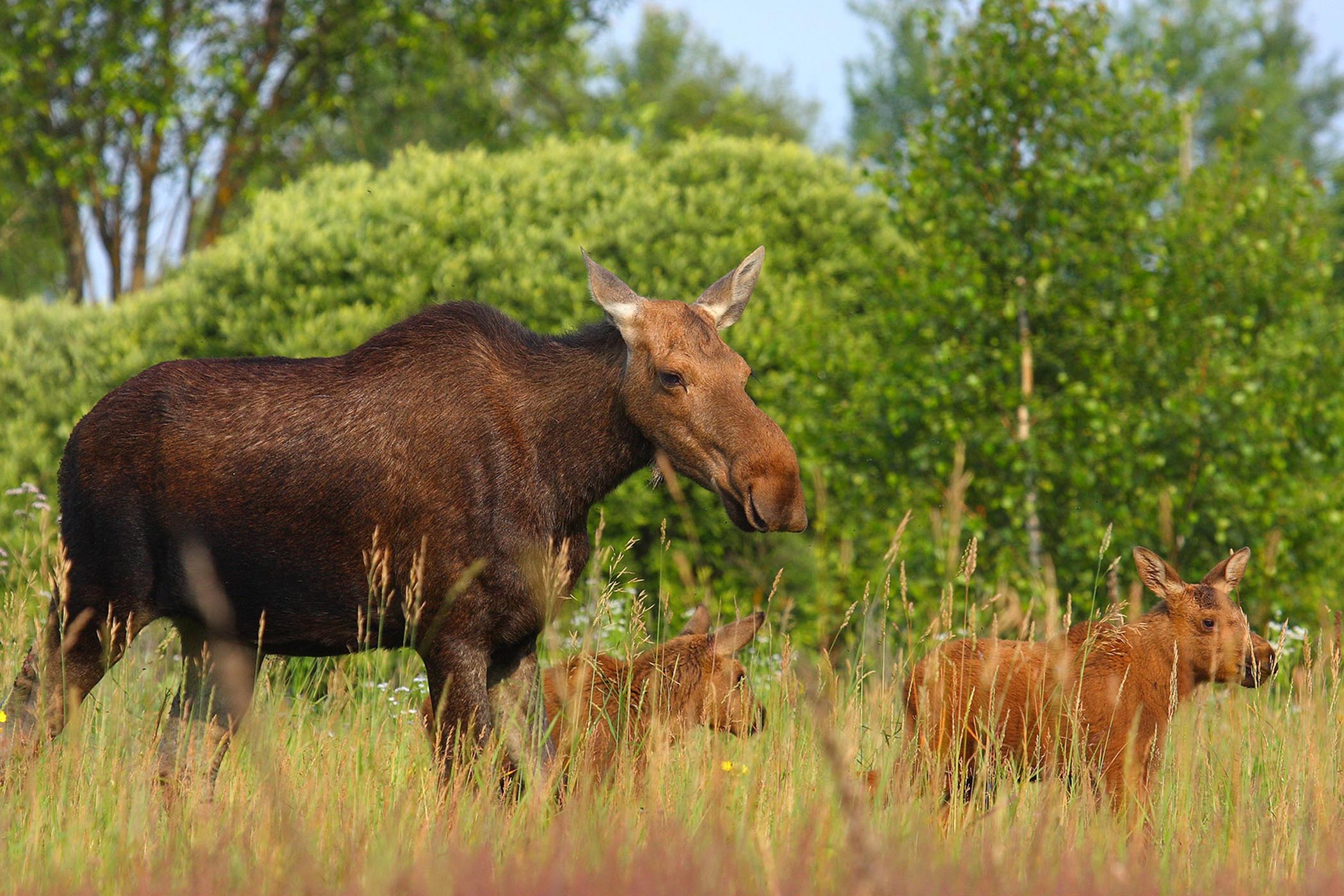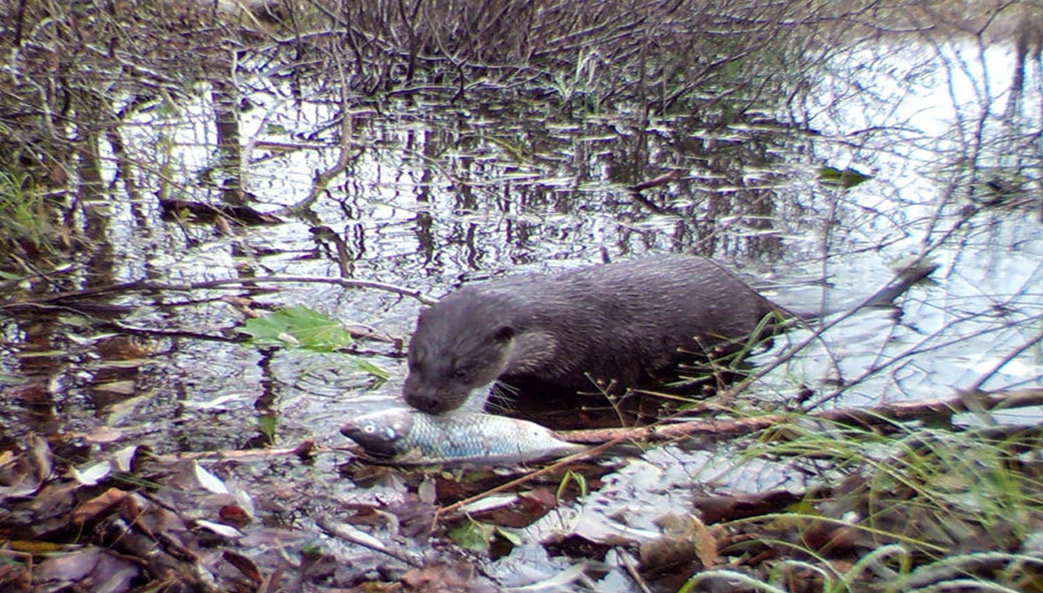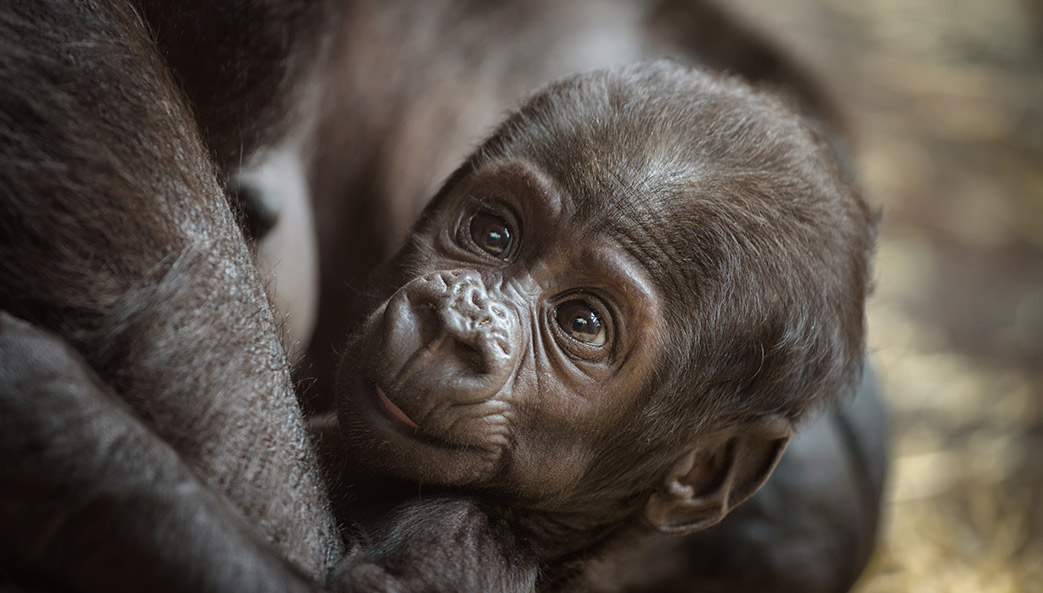In the early morning hours of April 26, 1986, an unexpected power surge at the Chernobyl Nuclear Complex in Soviet Ukraine triggered a catastrophic explosion in one of the plant’s four reactors, which spewed radioactive fallout that blanketed much of the northern hemisphere.
Widely regarded as the worst nuclear accident in history, the Chernobyl disaster forced the evacuation of hundreds of thousands of people who abandoned their homes and businesses in search of safe haven. The Soviet government also created an exclusion zone around the most contaminated areas that, save for a few families who refused to leave, has remained almost completely uninhabited.
Uninhabited, that is, by people. In a study published recently in the journal Current Biology, scientists report that the site looks more like a nature preserve than a nuclear disaster zone.
A team of international researchers, including James Beasley, assistant professor of wildlife ecology at the Savannah River Ecology Laboratory and the Warnell School Forestry and Natural Resources, found that despite the high levels of radiation, the Chernobyl exclusion zone is teeming with moose, roe deer, wild boar and wolves.
This may come as a surprise to many, especially since much of the imagery from Chernobyl depicts a barren wasteland of crumbling buildings, abandoned schoolyards and roadways overrun with vegetation. Indeed, some previous studies in the 1,621-square-mile site showed evidence of major radiation effects and significantly reduced populations of wildlife.
Now, for the first time since the Chernobyl accident, researchers have long-term census data that reveal thriving wildlife populations in the zone.
“Our data are a testament to the resiliency of wildlife when freed from direct human pressures such as habitat loss, fragmentation and persecution,” said Beasley, a co-author on the study. “The multi-year data clearly show that a multitude of wildlife species are abundant throughout the zone, regardless of the level of radiation contamination.”
But this is no fairytale ending. Radiation still poses a significant threat to both humans and animals.
“This doesn’t mean radiation is good for wildlife, just that the effects of human habitation, including hunting, farming and forestry, are a lot worse,” said Jim Smith, a professor of environmental science at the University of Portsmouth in the U.K. and the team’s coordinator.
The study results show that the number of moose, roe deer, red deer and wild boar living in the zone are similar to numbers in nearby uncontaminated nature reserves.
The census data on wolves in the area indicate they are at least seven times greater in number than those living in the nearby reserves. Aerial census data collected from 1987-1996 reveal rising numbers of moose, roe deer and wild boar in the zone.
Beasley also led another study in which scientists used remote cameras to observe wildlife populations at 94 different sites in the exclusion zone. The motion-activated cameras were attached to trees for seven days at each location, where researchers also placed bait to attract nearby animals.
Sarah Webster, a graduate student at SREL and Warnell, set up the stations approximately 2 miles apart to prevent animals from visiting more than one station during a 24-hour period.
The team documented every species captured on the cameras and the frequency of their visits, specifically focusing on carnivores, Webster said, because of their hierarchy on the food chain.
Carnivores have an increased opportunity to receive contamination. In addition to ingesting it from prey that have foraged on the landscape, they receive it directly from the environment through the soil, water and air.
Beasley and his research team saw 14 species of mammals on the camera footage. The most frequently seen were the gray wolf, wild or Eurasian boar, red fox and raccoon dog, a canid species found in East Asia and Europe. All of these species were sighted at stations close to or within the most highly contaminated areas.
“We didn’t find any evidence to support the idea that populations are suppressed in highly contaminated areas,” Beasley said.





